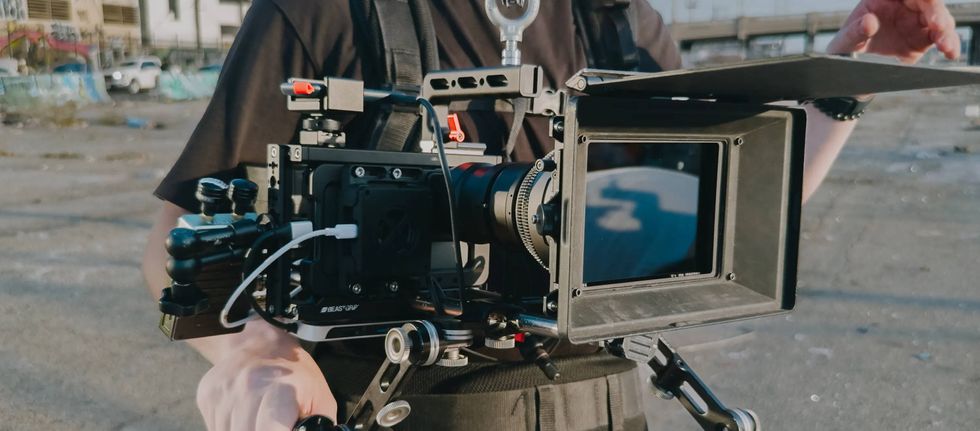
Unless it has to do with AI or a smartphone, we don’t get too many “first ever” concepts for short films these days. This new short film titled ‘O2’ and directed by Stanislav Kapralov and produced by Evotime Films falls into the latter category as the first ever short film shot entirely on an iPhone using professional PL anamorphic lenses.
Let’s take a look at this short (which you can watch in its entirety below) and explore how the team was able to achieve this “first ever” innovative achievement made possible by a newly developed Beastgrip DOF Adapter Фoton.
Watch the “O2” Short Film
As you can see above, this short does look quite beautiful and cinematic thanks in no small part to its anamorphic lenses. Set in a post-apocalyptic world where air has become lethal due to chemical and nuclear wars, the concept is basically a zombie survivor vehicle. Survivors in the film must live in oxygen masks, constantly carrying O2 tanks to stay alive.
Shared on the beastgrip page, you can check out more from the director on his Vimeo page here. According to the channel though, the film is really a reflection on how we live for the future, forgetting to embrace the present. However, perhaps more interesting than the message and genre style is how the film was shot.
An Anamorphic iPhone Short Film

What sets ‘O2’ apart is what it can show for the potential of mobile filmmaking at a professional level. An iPhone camera was used with professional Atlas Mercury anamorphic lenses to get all of the cinematic character you’d expect.
To help ensure that the rig was seamless on set the iPhone was configured like a traditional cinema camera using professional equipment provided by Old Fast Glass. The rig was built around a Beastcage with custom modifications and power and an external SSD were connected via USB-C, while a Teradek transmitted the video signal to monitors for the director and 1st AC via HDMI.
The Beastgrip DOF Adapter Фoton was designed specifically for iPhones to help deliver the same superior image quality that you’d expect to find with traditional DOF adapters based on ground glass. Overall it’s a pretty innovative technique that produced some remarkable results.
We’ll see if this technique catches on, but it’s certainly a step forward for cinematic iPhone filmmaking.
Author: Jourdan Aldredge
This article comes from No Film School and can be read on the original site.
